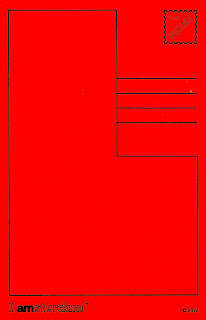
Tuesday, March 13, 2012
The Search For Pictorial Illusions




Street Art is both pictorial and sculptural. It interacts with a three dimensional space but is often a two dimensional image. When we look at the image, for example a photograph of a telephone pasted on a box, the telephone does not exist because it is only a representation of a telephone. Its image exists in a three dimensional space, therefore it has material. However that material is not what the image represents. When I photograph the photograph of the telephone, it becomes even less clear whether the telephone exists or not because I have flatten the third dimension which gave the second dimension materiality and spacial context. And if I were to photograph the photograph closely enough, would you even be able to determine whether the photograph was of another photograph pasted on a box? Or just a really bad photograph taken of an actual telephone. The same relation can be said between art on the street and art in the museum. The photograph in the very center of this arrangement, monogrammed “18” (as I will refer to it) was taken inside the Vatican Museum, Rome. By placing a historical artifact, that is typically viewed within a museum, out of its context of the experience of the museum, I change it’s meaning. I can make the viewer question whether the object is really there or merely a flat image wheat pasted on a surface. Through photography I can create these illusions. The experience we have, either with art on the street or art in the gallery, is dictated by its surroundings. When I photograph the art, I displace their setting and choose to rearrange their meaning. Through the context of this arrangement, one could presume that I found “18” somewhere on the street. This is why “18” can be whatever and wherever one imagines it to be, regardless of where it was when I shot the photograph.
Subscribe to:
Comments (Atom)




































